Laboratory Temperature and Humidity Standards in United States
If you are looking for a laboratory temperature and humidity monitoring solution that helps you and your team eliminate manual logging, improve compliance readiness, and protect all your temperature-sensitive assets, you’ve arrived at the right place.
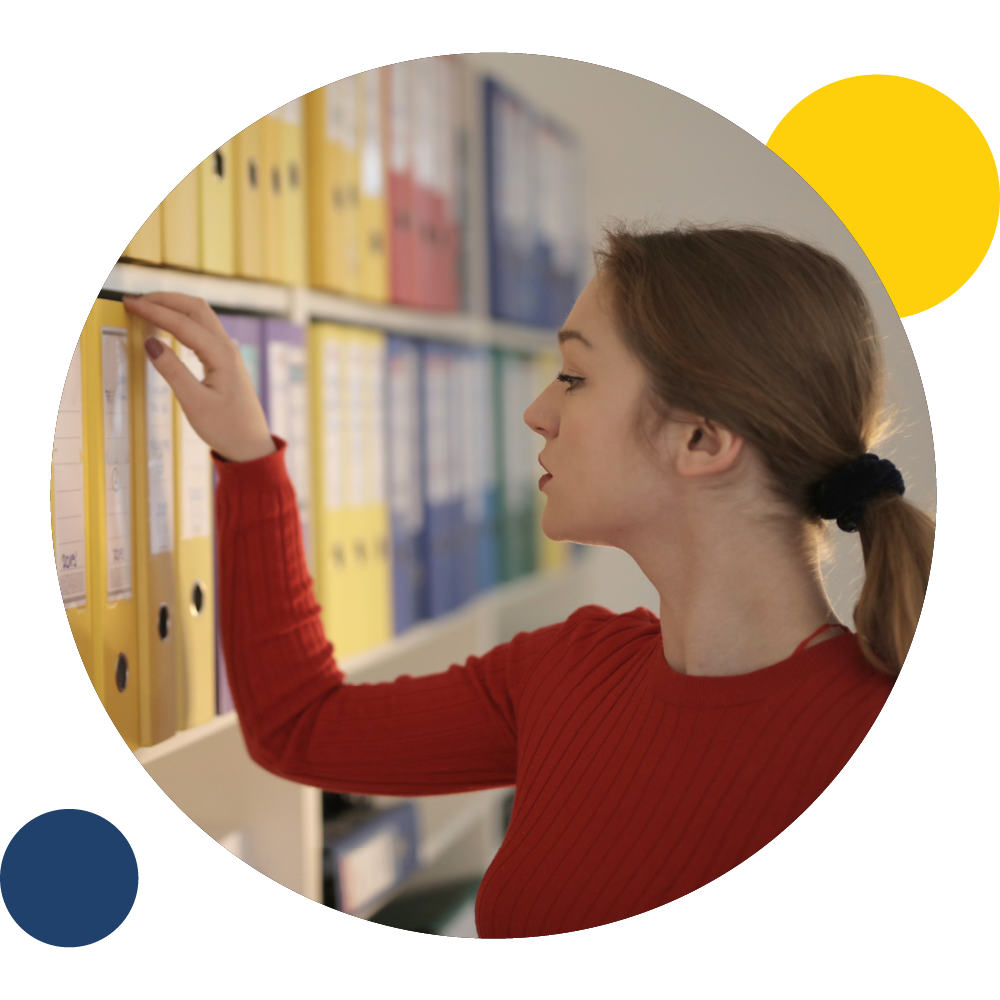
Let us help you evaluate your needs!
- Safety: Alerts to protect assets
- Compliance: Automated reports
- Efficiency: Reduced Manual Logging
And what makes us different?
- Lifetime Warranty: Never buy hardware again!
- Unlimited Users: Scale across your entire org
- Connectivity Flexibility: Wi-Fi, Cellular or Data Hub
- Phone call alarms: Alerts won't get ignored
- Mobile App: 500 Freezers in your pocket
All American made and supported!
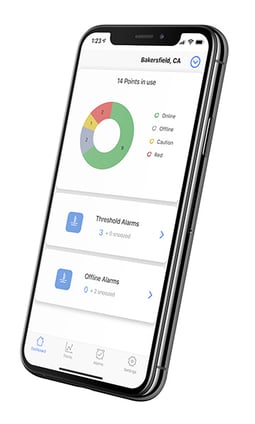
See What Customers Say About Sonicu
Asset Protection. Compliance Automation. And Reduced Manual Processes.
Sonicu serves thousands of professionals at hundreds of organizations across North America by improving how they monitor and manage their most sensitive assets and environments.
Professionals from healthcare, life science, laboratory and cold chain facility management turn to Sonicu to help them improve the way they do business.
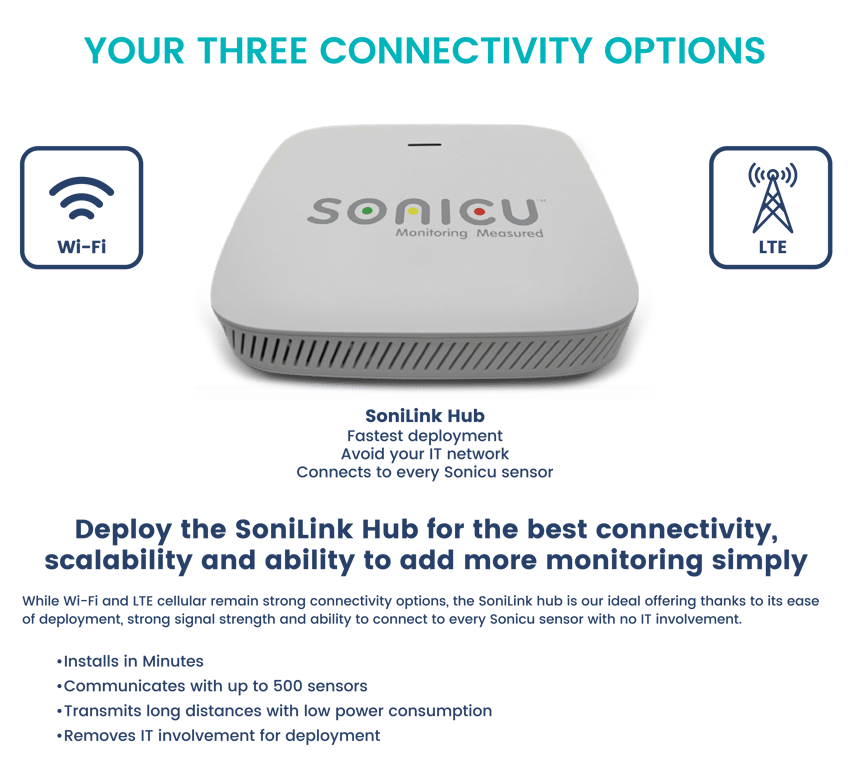
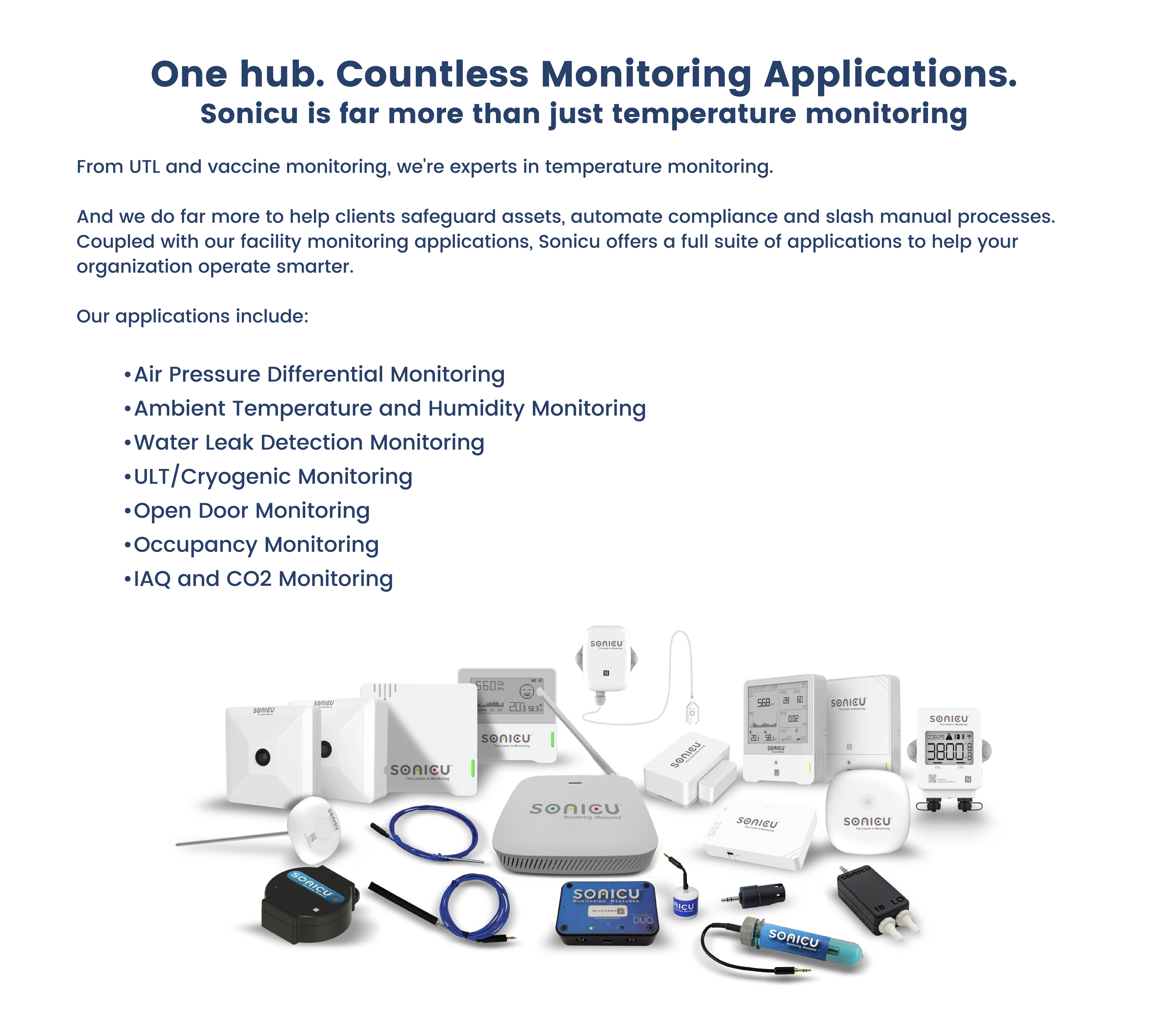
Laboratory Temperature and Humidity Standards in the United States
Some of the finest names in healthcare, including Indiana University Health, University of Michigan Health System, and Stanford University rely on Sonicu to provide a robust and continuous environmental monitoring system, including temperature, humidity, air pressure, and more.
These respected healthcare and research brands turn to Sonicu for four primary reasons:
- Real-Time Monitoring: the sensors collect temperature, humidity, air pressure data, and more, and transmit it wirelessly to SoniCloud - our cloud-based platform.
- Operational Efficiency: Virtually eliminate the need for tedious and costly manual logging
- Compliance Automation: Respond to any regulatory audit or inspection in a few clicks with our reports section
- Asset Protection: Detect and respond to any threshold that can threaten anything perishable: food, drugs, vaccines, research, etc.
Our customers stay with us thanks to our American-based customer support, which is never more than a phone call away. While our technology is intuitive and powerful, we know it’s only as strong as the people who stand behind it.
The global benchmark for laboratory temperature and humidity standards has been set by a handful of healthcare giants located in the United States.
Many countries and organizations look to these US-based companies when establishing their regulations. Even the World Health Organization (WHO) frequently references U.S. standards in its guidelines for pharmaceutical and biosafety laboratories.
One of the most influential is the Centers for Disease Control and Prevention (CDC).
According to the CDC, it is recommended that laboratories maintain temperatures between 20-25°C (68-77°F) and relative humidity levels of 30-50% for optimal operations and safety.
In this comprehensive guide, we'll dive into the key aspects of laboratory temperature and humidity standards, best practices for implementation, and how Sonicu's innovative monitoring solutions can help streamline the process while meeting the laboratory temperature and humidity standards established in the United States.
Laboratory Temperature Guidelines USA
Temperature plays a critical role in maintaining the reliability and accuracy of experiments conducted in laboratories.
Fluctuations in temperature can significantly impact the stability of specimens, reagents, and other materials, potentially leading to inaccurate results or even complete experimental failure.
LeMaitre Vascular supplies hospitals human tissue donated to use for emergency surgeries – life and death situations such as a heart valve or blood vessel transplant.
This life-saving resource must be kept at a strict, cryogenic temperature to retain the integrity of temperature-sensitive tissues. If not kept at the right temperature, these critical assets would degrade, which will directly impact the success and even the safety of the procedure.
By strictly controlling temperature within recommended ranges, labs can ensure the consistency and reproducibility of their work.
Key Temperature Guidelines
The specific temperature ranges for laboratories may vary depending on the type of work being conducted. For example:
- Biosafety labs should maintain temperatures between 20-25°C (68-77°F)
- Microbiology labs typically require temperatures between 20-37°C (68-98.6°F)
- Pharmaceutical labs often need tighter control, with some areas requiring temperatures as low as 2-8°C (35.6-46.4°F)
Your lab’s expectations may differ, depending on your line of work. This is why it’s so important to implement an effective temperature and humidity monitoring strategy for your unique needs.
Implementation Strategies
To effectively implement temperature control in a laboratory setting, consider the following steps:
- Invest in reliable temperature monitoring systems with real-time data logging capabilities
- Regularly calibrate and maintain monitoring devices to ensure accuracy
- Establish standard operating procedures (SOPs) for temperature management, including response protocols for out-of-range conditions
- Train staff on the importance of temperature control and proper monitoring techniques
Sonicu's temperature monitoring solutions provide labs with the tools they need to maintain optimal conditions and quickly respond to any deviations.
Humidity Standards for Laboratories in the US
Humidity levels in laboratories can significantly impact the outcomes of experiments and the stability of materials.
Excessive moisture can accelerate chemical reactions, promote bacterial growth, and cause equipment corrosion.
If not kept in check, high levels of humidity can even contaminate medications, vaccines, and other resources meant to help people.
A deadly meningitis outbreak back in 2012 stemmed from mold-tainted steroids that resulted in the death of 100 people in the US.
On the other hand, low humidity can lead to static electricity buildup, which may damage sensitive electronic components.
In a healthcare environment, this can be particularly dangerous when using sensitive electronic medical equipment, like anesthesia machines, ventilators, or robotic surgical systems.
Low humidity can also slow down the healing process. If the room is too dry, this can reduce the body’s natural defense against airborne pathogens, dry out the skin, and irritate the respiratory system.
This is why maintaining the right balance of humidity is essential for the safety and comfort of your patients and your staff.
Recommended Humidity Levels
The ideal humidity range for most laboratories falls between 30-50% relative humidity (RH). However, specific applications may require tighter control:
- Pharmaceutical labs often aim for 35-45% RH to maintain product stability
- Electronics labs may require even lower humidity levels, sometimes as low as 20% RH, to prevent static discharge
Implementing a robust temperature and humidity monitoring system is crucial for maintaining these optimal levels.
Best Practices for Humidity Control
To effectively manage humidity in a laboratory setting:
- Use dehumidifiers or humidifiers to maintain desired humidity levels
- Ensure proper ventilation and air circulation to prevent moisture buildup
- Regularly inspect and maintain HVAC systems to ensure optimal performance
- Monitor humidity levels in real-time using accurate sensors and data logging equipment
Sonicu's humidity monitoring solutions seamlessly integrate with existing lab management systems, providing a comprehensive approach to environmental control.
Temperature and Humidity Monitoring for US Labs
Continuously monitoring temperature and humidity levels in laboratories is essential for several reasons:
- Ensures compliance with regulatory standards set by agencies such as the CDC, FDA, and the National Institute Standards of Technology (NIST)
- Provides real-time data for quick response to out-of-range conditions
- Maintains the integrity of sensitive materials and equipment
- Enhances the accuracy and reproducibility of experimental results
Investing in reliable monitoring systems is a critical step towards achieving optimal lab performance.
Monitoring Technologies
There are several types of temperature and humidity monitoring devices available for laboratories, including:
- Calibrated sensors conditioned specifically for the designated environment
- Data loggers that transmit real-time data to a central monitoring system
- Cloud-based platforms that provide remote access to historical data and records
- Alarming systems that notify staff of non-ideal conditions via email, text, or phone calls
Sonicu offers a range of monitoring solutions tailored to meet the unique needs of laboratories, with features like real-time alerts, customizable dashboards, and seamless integration with existing systems.
Data Management Strategy
Effective data management is crucial for maintaining accurate records of temperature and humidity levels in laboratories. Best practices include:
- Establishing a consistent data logging frequency
- Storing data in a secure, cloud-based platform for easy access and analysis
- Regularly reviewing data trends to identify potential issues or areas for improvement
- Maintaining detailed logs of any out-of-range conditions and corrective actions taken
By implementing a robust data management strategy, labs can ensure they have the information needed for audits, inspections, and continuous improvement of their standard operating procedures (SOPs).
Understanding Laboratory Temperature and Humidity Regulations
Laboratories in the United States must comply with a variety of regulations related to temperature and humidity control, including:
- Clinical Laboratory Improvement Amendments (CLIA) which sets standards for laboratory testing quality
- Current Good Manufacturing Practices (cGMP) regulations for pharmaceutical labs
- FDA guidelines for storage and handling of temperature-sensitive products
- CDC recommendations for biosafety and containment
Failing to meet these standards can result in significant legal and financial consequences, making compliance a top priority for laboratories.
To maintain compliance with temperature and humidity regulations, laboratories must focus on several key areas:
First, it is important to implement a robust monitoring system with real-time alerts and data-logging capabilities. Additionally, personnel will need to establish and follow SOPs for temperature and humidity management.
Your system (and/or personnel) must also maintain accurate records and detailed logs of data, out-of-range conditions, and corrective actions taken when needed.
By providing staff with regular training on the importance of compliance and proper monitoring techniques, you can maintain the appropriate conditions and operational conditions in your facility.
Sonicu's monitoring solutions are designed to help laboratories meet these regulatory requirements, with features like automated data logging, audit trails, and customizable reporting.
Effective laboratory temperature monitoring goes beyond just implementing devices and software monitoring tools. There are some essential best practices to follow, and these might include:
- Conduct regular audits of monitoring systems and SOPs to ensure ongoing compliance
- Establish a schedule for routine maintenance and calibration of monitoring equipment
- Develop a corrective action plan for addressing out-of-range conditions and preventing recurrences
- Partner with a trusted monitoring solutions provider, like Sonicu, for expert guidance and support
By taking a proactive approach to compliance, laboratories can avoid costly penalties and ensure the integrity of their work.
Developing and implementing best practices for humidity control is essential for optimizing laboratory operations. Key considerations include:
- Selecting the right humidity control equipment for your lab's specific needs
- Ensuring proper installation and calibration of humidity control systems
- Establishing a regular maintenance schedule for equipment, including filter changes and sensor calibration
- Training staff on the importance of humidity control and proper monitoring techniques
By establishing and following these best practices, laboratories can maintain optimal humidity levels and prevent potential issues.
Integrating With Technology
Integrating advanced technology into humidity control systems can significantly enhance laboratory operations. For example:
- Temp and humidity sensors provide real-time data, allowing for quick response to out-of-range conditions
- IoT-enabled monitoring systems can automatically adjust humidity levels based on predefined parameters
- Cloud-based platforms can provide remote access to monitoring data, enabling staff to track conditions from anywhere
- Integration with existing lab management software can streamline data analysis and reporting
Sonicu's humidity monitoring solutions leverage the latest technology to provide laboratories with unparalleled control and visibility into their environmental conditions.
Continuous Improvement
Continuously improving humidity control processes is crucial for maintaining optimal laboratory conditions over time. Best practices include:
- Regularly reviewing monitoring data to identify trends and potential areas for improvement
- Seeking feedback from staff on the effectiveness of current humidity control systems and processes
- Staying up-to-date on the latest advances in humidity control technology and best practices
- Partnering with a trusted monitoring solutions provider, like Sonicu, for ongoing support and guidance
By embracing a mindset of continuous improvement, laboratories can ensure they are always operating at peak performance.
Maintaining precise temperature and humidity control is essential for laboratories in the United States to ensure the accuracy of their work, comply with regulatory standards, and protect sensitive materials and equipment.
Conclusion
By implementing the best practices and technologies outlined in this guide, labs can create an optimal environment for their operations.
Sonicu is a trusted partner for laboratories seeking to streamline their temperature and humidity monitoring processes.
Our innovative solutions, including NIST-complaint sensors, cloud-based platforms, and advanced reporting capabilities, provide labs with the tools they need to maintain compliance, improve efficiency, and protect the integrity of their work.
To learn more about how Sonicu can help your laboratory achieve its environmental monitoring goals, contact our expert team today.
We'll work with you to develop a customized solution that meets your unique needs and ensures the ongoing success of your laboratory operations.
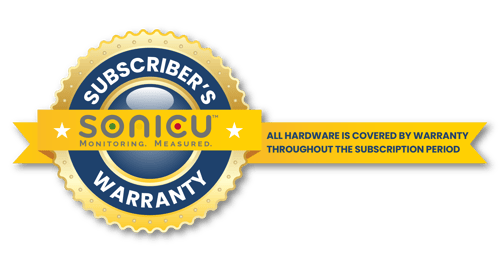
American-based Customer Support: Robust & Reliable High Touch Service
Software and technology is only as good as the people who stand behind it.
At Sonicu, that means our team of American-based customer success managers who are never more than a phone call away to help field and fix any service issues.
Our probes and sensors are placed in demanding frozen environments and our software literally sends billions bits of data monthly, meaning there’s always the potential for a hiccup on either the hardware or software.
We are committed to fielding every customer service request promptly and addressing our customer’s concerns promptly and professionally.
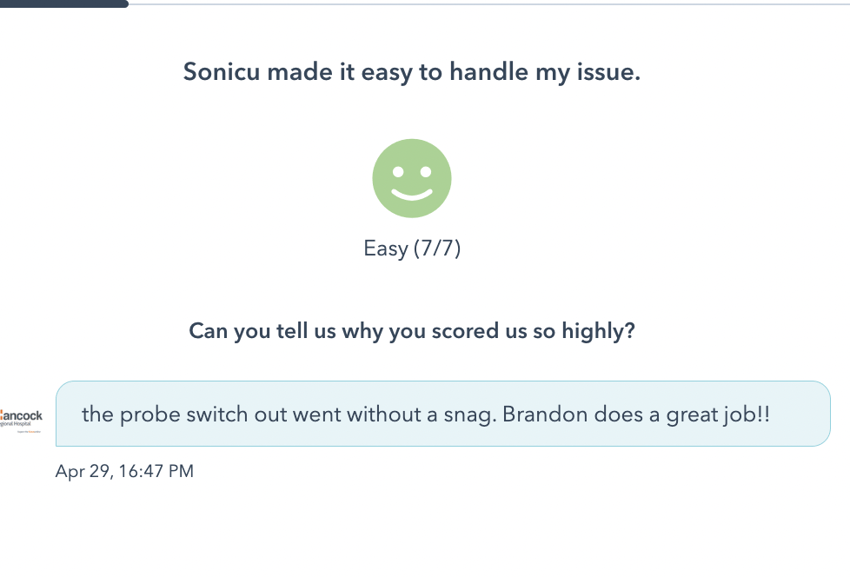
 “I like to say that every refrigerator or freezer is like a car in that they all behave a bit differently,
“I like to say that every refrigerator or freezer is like a car in that they all behave a bit differently,
and then every now and then you just get a bad boy who doesn’t want to perform as we need it to,”
Martha Rardin, Director, Nutrition and Dietetics, Hendricks Regional Hospital.
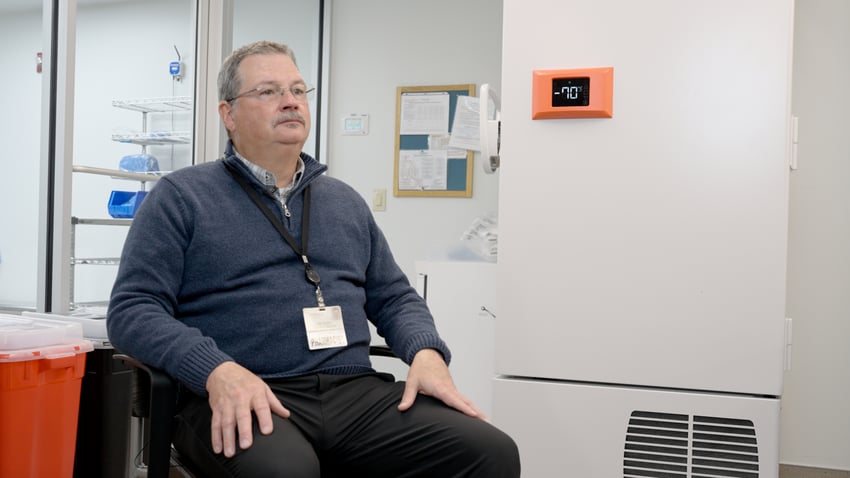 “Sonicu has been a powerful tool to identify which units are behaving out of spec and get our team
“Sonicu has been a powerful tool to identify which units are behaving out of spec and get our team
to fix them before we have a serious issue.”
Tim Livesay, Director, Hancock Regional Hospital Pharmacy Director

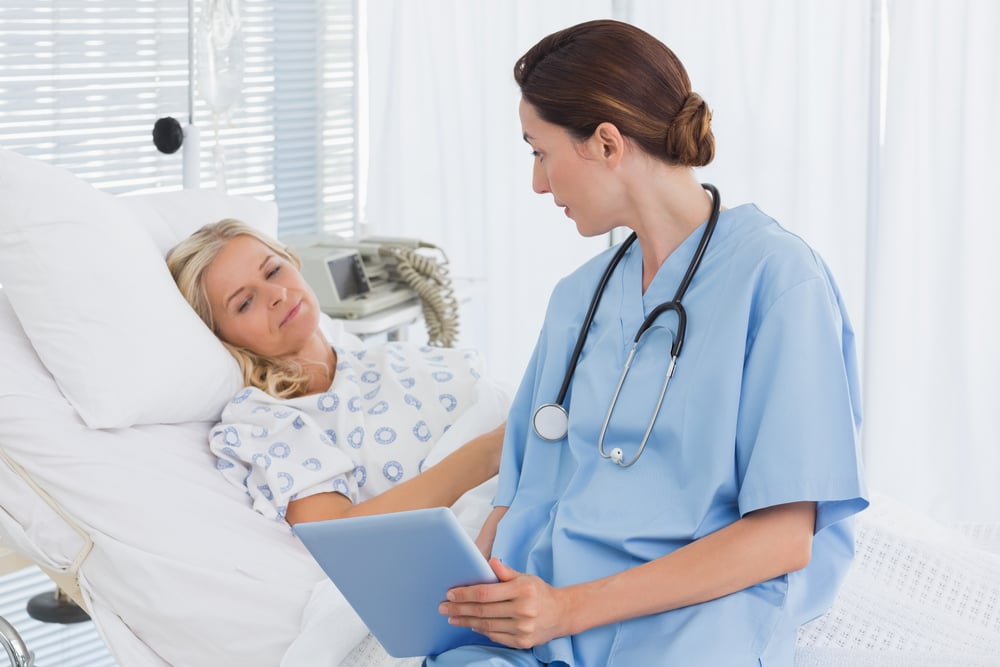
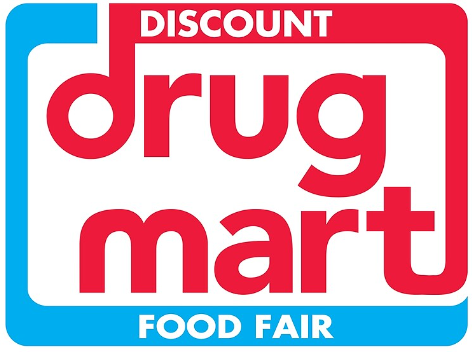
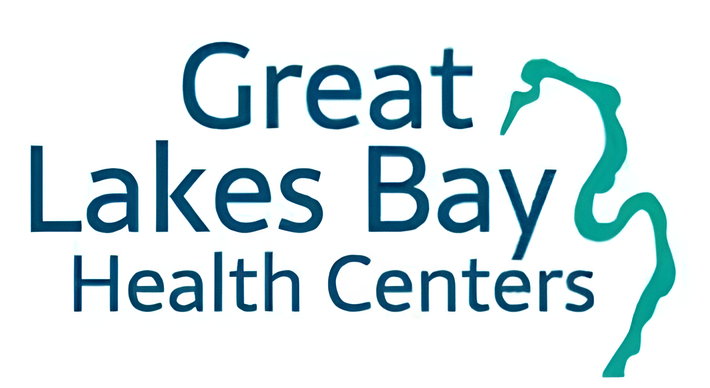

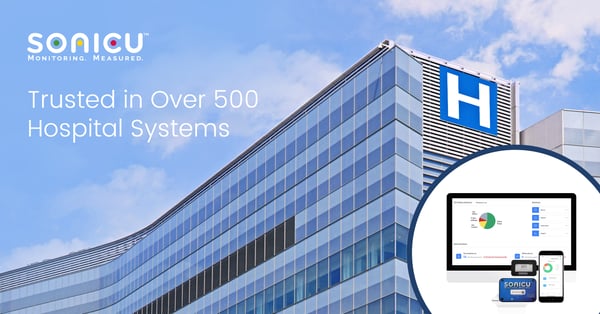
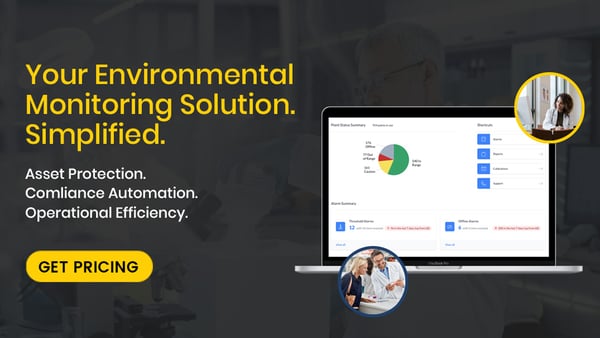


How IU Health
consolidated all of its pharmacy monitoring needs
into one cloud-based platform serving dozen of locations.